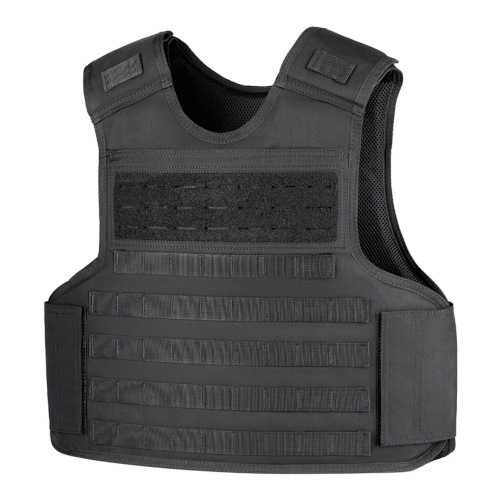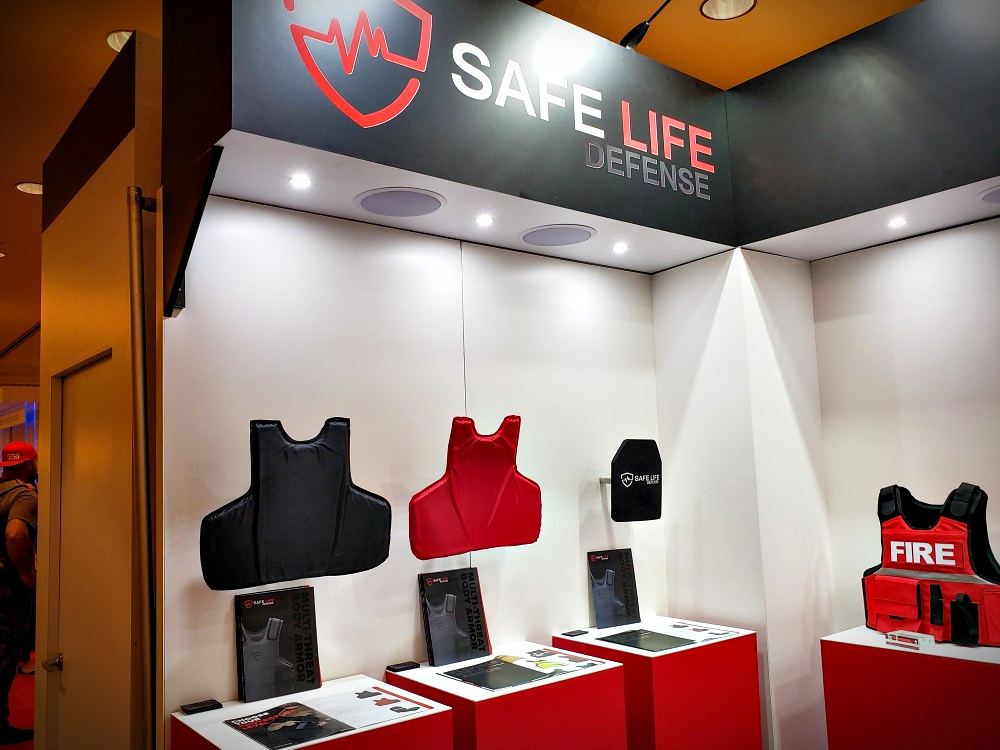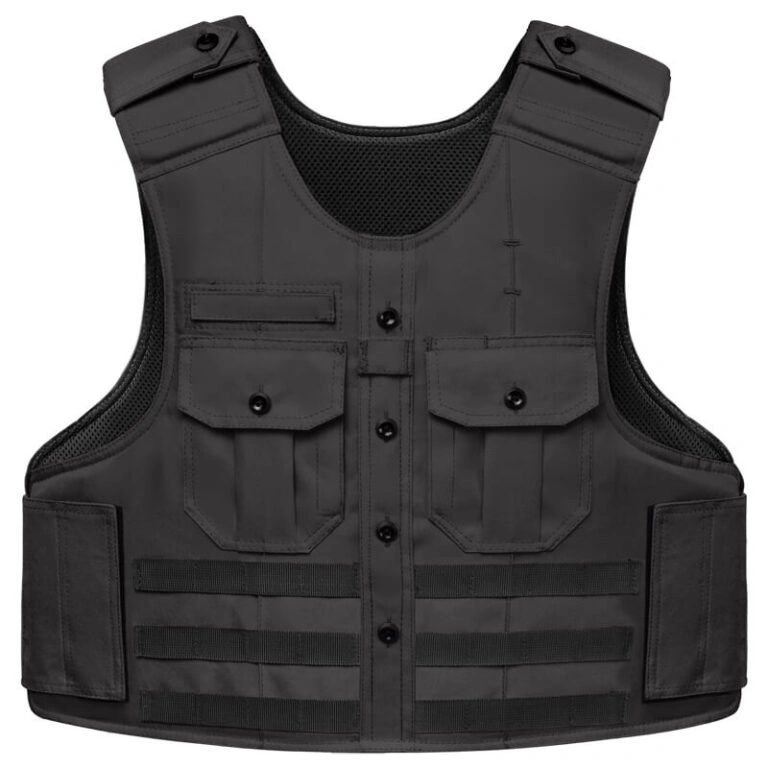
Luckily, we’ve got some ideas on the best types of body armor to buy. Prolonged exposure to the elements under compromised conditions can mean the replacement clock is ticking down faster. You’ll likely be unaffected if the water-resistant material remains intact and is properly cared for. Rain, humidity and freezing temperatures can also play a role in wearing down your gear. So it's important to take precautionary measures by checking your vest.

Compounds within the unit naturally break down. Bulletproof vests and body armor are made from ballistic fibers that degrade over time. This may come as a surprise, but oftentimes the biggest threat to preserving the lifespan of your gear is one that goes unseen. Heavy use for long hours on a daily basis can reduce the overall life of your vest, especially if you frequent areas with extreme weather or temperature differences.īut what about the unseen? #2 The Invisible Factor Behind Intended Service Life Frequency: As mentioned above, the more you use it, the more you lose it.That’s because of all of the motion that the surface is taking on over time. Over time, you may notice pilling, fraying or discoloration in your seat. Think of it as the driver’s seat of your vehicle. Friction: If your armor is constantly rubbing on other surfaces or catching on your clothing, you could start to see new areas of weakness appear.Like a seatbelt, your safety accessory should be snug, but not restrictive. Fit: Whether your vest is too tight or too loose, both of these issues can cause additional wear and tear to your gear.Let’s take a look at some of them below now: The catch? They all wear differently.įactors that can affect the quality and integrity of your vest are both personal and environmental. #1 General Wear and Tearįrom Kevlar and PE to steel and ceramics, bulletproof vests and protective armor can be made from many materials. Despite these varying causes, there is one underlying factor that remains constant, no matter the company, material or guarantee: Safety.

There are many reasons why body armor and protective vests have an expiration date. What is wise? More on that in the next section. This is not to say that you should try to push the safety guidelines and limits set by the manufacturers or other organizations. In contrast, if your vest remains in storage, the length of its protective capability may be extended. Think of it this way, if you use your body armor daily, then the vest may wear out more quickly. That timeframe doesn’t take into account frequency of use, upkeep and any damage that has occurred. has a standard five-year life span when properly cared for. According to the National Institute of Justice, most body armor in the U.S. If it looks good, then it must be safe, right? Wrong. When it comes to body armor, we often forget to check on the shelf-life. While a sniff test might do the trick with food, this rule of thumb cannot be applied to your gear. These labels warn consumers of either diminishing quality or when a product may no longer be safe for human consumption. You’ve likely seen “best by” or “sell by” dates placed on food and other products. What is that perfect time to consider swapping out your old protective equipment for a newer version (even if you’ve never actually worn it)? Here's everything you need to know about why body armor can expire and when your gear must be replaced. If anything is worth investing in, it’s your protection. After all, this is your life that’s on the line. If you have a high likelihood of bullets or other threats headed your way, you want to be prepared. There’s an expiration date by which your vest's life-saving components MUST be replaced to ensure its optimal safety and integrity.

This essential piece of equipment has a limited lifespan. Now, you may think you’re set for life, but that’s not the case. Congratulations! You just purchased your brand-new body armor or bulletproof vest.


 0 kommentar(er)
0 kommentar(er)
